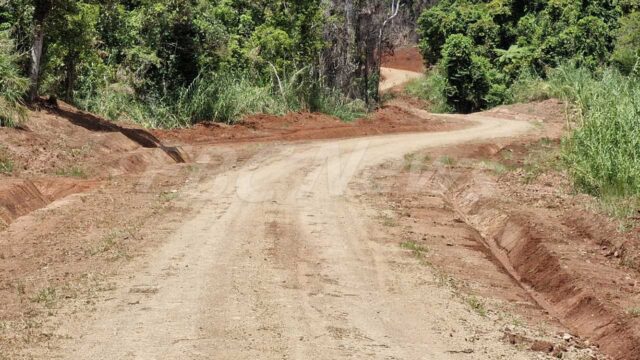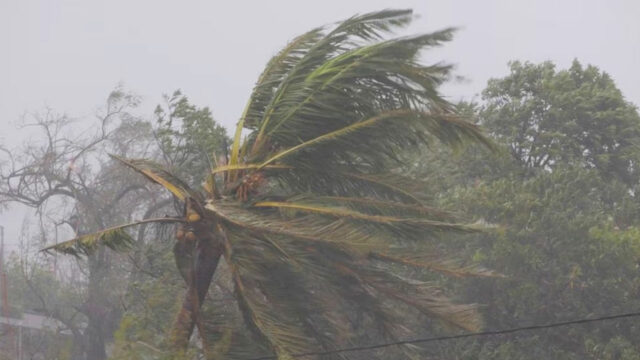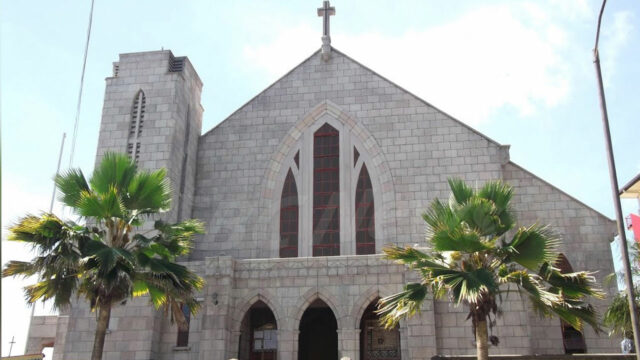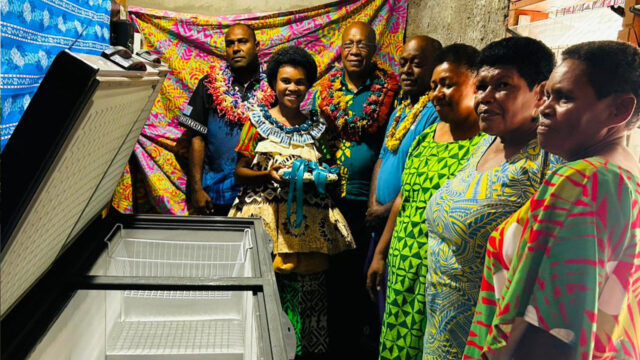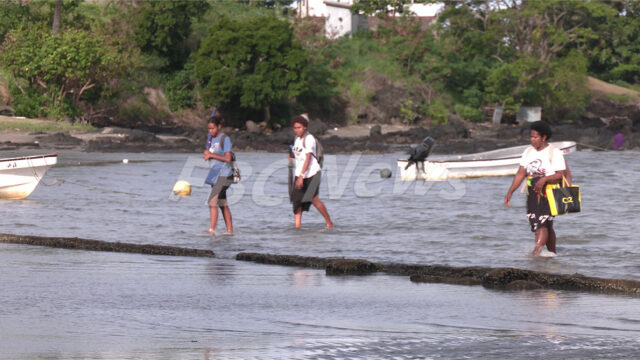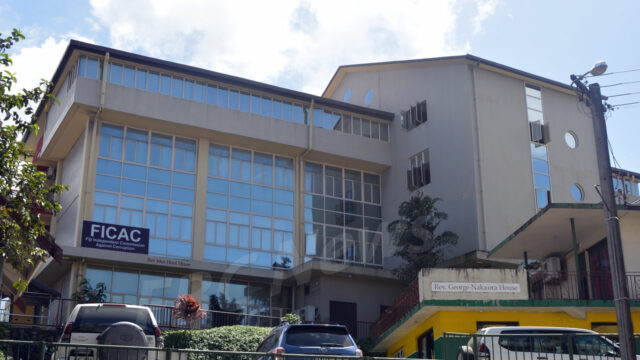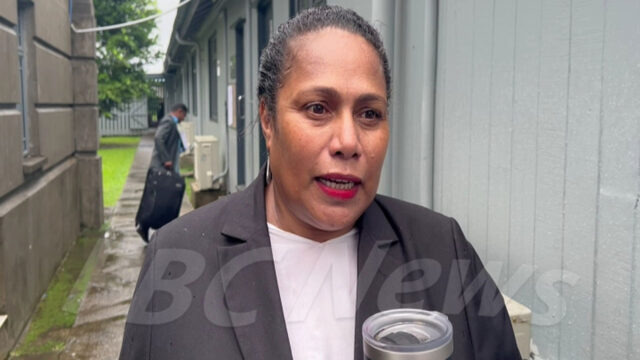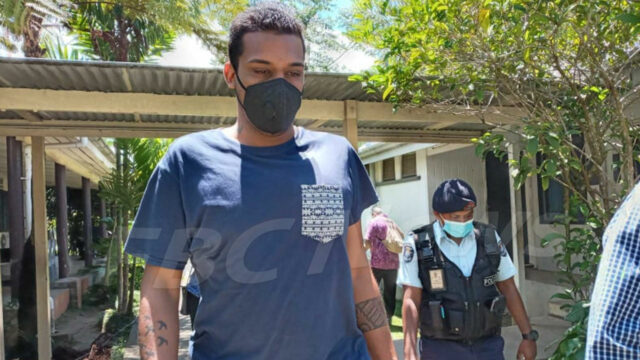
Timber treatment is crucial to protect from insect attack and fungal decay, thereby enhancing its durability and service life.
Minister for Forestry Alitia Bainivalu, while delivering her ministerial statement on Timber Treatment in Fiji explains that while timber treatment is not mandatory, however it plays a critical role in making less durable species, like pine, suitable for various uses, particularly in exposed or ground contact situations.
Bainivalu says untreated timber can still be used in non-load-bearing situations or when fully protected.
Bainivalu highlights that the Ministry of Forestry regulates 29 timber treatment plants, 14 of which are licensed to operate this year under the Forest (Timber Preservatives) Regulations 1992.
These plants are monitored for operator competency, health, safety, and quality control, with timber samples regularly tested to ensure the correct concentration and penetration of preservative chemicals.
Different hazard levels for treated timber were outlined, ranging from H2 for interior use to H6 for marine use, with each piece of treated timber branded accordingly to show treatment details.
While the Ministry is responsible for licensing and monitoring these plants, it cannot enforce that consumers purchase only legally treated timber.
The Ministry instead focuses on awareness, offering assistance with timber specifications, and engaging in public education campaigns through radio and television.
Bainivalu adds that timber treatment is part of a broader solution, stressing the importance of proper building design and material specification to protect against issues like termite infestations.
The Ministry is also exploring the possibility of introducing Timber Marketing Regulations to oversee timber retailers and improve standards in the market.

 Sainiani Boila
Sainiani Boila 




